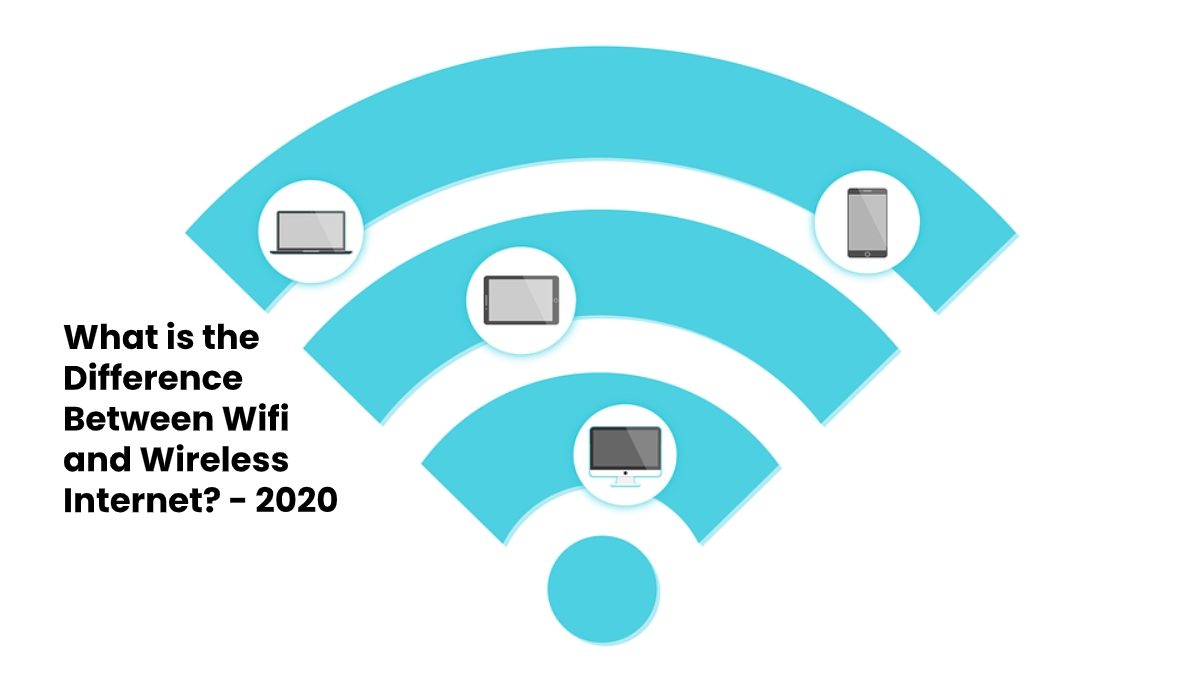Wifi is a free standard wireless connection license that is use both indoors, in the case of wireless access points, and outdoor connectivity technology, thanks to the use of some WISP. Wireless Internet), as they like to be called Wifi, is regulated as a deficient transmission power wireless application. However, with the connection to the correct antennas, it can be establish for 150 miles (240 kilometers) while still being within the FCC transmission limits. Of the Federal Communications Commission).
Table of Contents
Free Wireless License History
In 1985 the FCC first allows the use of wireless communications technology in what known as ISM (industry/science/medicine) bands. Previously, these bands are use for all kinds of wireless devices, but communication in these bands was strictly prohibited.
The three bands that are open for this purpose are the 902-928 MHz band, which is use for wireless phones among other devices, the 2.4-2.4835 GHz band, which is the most common among the wifi bands and the 5.725-band. 5,850 GHz, also known as the UNII band.
In the early 1990s, the first wireless LAN equipment, design for private use, was introduce to the market. In the mid-1990s, there were several manufacturers supplying products using these bands without a license.
The particular becomes public
Somewhere in the early 1990s, fans began experimenting with this particular wireless network adaptation to see exactly how far they could push their transmission range. One of the most famous projects built at the time was LATENT, a city-wide wireless data transmission project that covered a large part of Riga, Latvia.
Latvia suffered from an almost non-existent telecommunications infrastructure and had no money to build one. However, a great deal of ingenuity and some adaptations of particular wireless networks led to the construction of a complete high-speed data transmission network.
The HomeRF standard
The HomeRF Alliance, created in 1996 by Intel, Microsoft, and Proxim, among other companies. This was the first attempt by the industry to standardize this type of
wireless equipment.
Ethernet Wireless Compatibility Alliance
In 1999 what became known as the Wireless Ethernet Compatibility Alliance, what, later called the wifi Alliance. Which was form and establish as a wireless standard that competed with the proposed HomeRF standard. After a long battle, the FCC chose to effectively lean towards the wifi standard, ending the HomeRF project.
Wifi consumer
The typical wireless access point that is trade commercially. Is found in office settings or homes and is usually well below the maximum allowable power performance. In a clean environment, without walls or other obstacles. A wifi access point can have a range of around 1,000 feet (312 m).
While it is possible to use the same access point with an antenna to gain more signal or with an amplifier to extend the signal range, most users of access points do not have the possibility of a connection that is effective beyond around one mile (1.6 km).
Wireless internet
While there are several Wifi that is base on WIS (wireless Internet service providers). Many have moved the wireless signal to proprietary technology for security reasons. As well as for the features that the proprietary wireless signal delivers.
Regardless, Wifi continues to be use by public access points, as well as 1-mile (1.6 km) range technology due to its dominance and already installed structure. The MuniWiFi industry, driven by the wireless networking infrastructure that has enabled for Wifi, has equipped devices to connect from anywhere to the widespread wifi data cloud.
There are several success stories, the most notable being one that occurred in Minneapolis. When a bridge collapse occurred in Minneapolis,

